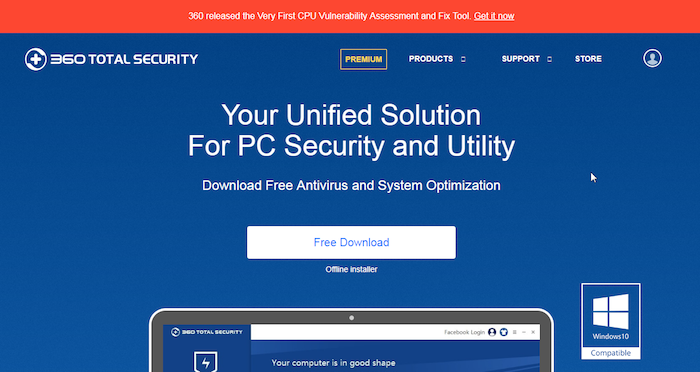

“There’s going to be this huge wave of people coming out of this crisis that are going to require behavioral health services.” “Many of the people who were in substance use treatment at the start of this left - they just went home, they quit going to treatment … and many of them fell off the wagon,” she said. Mary Windecker, executive director of the Montana Behavioral Health Alliance, said COVID-19 has created a “perfect, horrible storm” exacerbating behavioral health issues, including chemical dependency. Ray Lombardi / MTFP Credit: Ray Lombardi / MTFP As COVID-19 creates addiction challenges, providers find new ways to connect And I worry that we’re not going to get the additional support we need to overcome them.” “There’s all these additional barriers because of. “Now, I feel like we are facing an uphill climb while it’s hailing basketballs,” Newcomb said. All of those factors were present before the coronavirus pandemic disrupted basic civic and government services nationwide. The hurdles include many of the state’s quintessential characteristics: a substantial rural population spread out over a vast geographic area, a widespread lack of city-style mailing addresses, and the frustration of unreliable internet access. “And so we don’t have the option to just give up and say it’s too hard, there’s too many barriers.”įor Newcomb and other nonprofit and state employees, preparing for an accurate federal census count in Montana has been equivalent to training for a grueling race. “I mean, it’s vital work,” said Newcomb, one of the lead staffers focused on census outreach and grant funding for the Montana Nonprofit Association.
#FREE 360 TOTAL SECURITY HOW TO#
Since February, Tylyn Newcomb has been losing sleep over a seemingly herculean task: how to ensure the government counts as many Montana residents as possible for the 2020 census, and, in doing so, generate fair federal funding and electoral representation for the next decade. Read more How Montana’s 2020 census became “an uphill climb while it’s hailing basketballs.” The New York Times is compiling Montana and national data here. The state’s most recent epidemiology report can be found here. Want more information on COVID-19 in Montana? The state’s official dashboard is here. In Montana, public health officials are still navigating restrictive laws passed last year in response to how health agencies handled the pandemic.Supreme Court on Monday ruled against a member of the Air Force Reserve who refused the coronavirus vaccine because of his religious beliefs. The federal agencies backing the requirement have not yet filed an appeal. A federal judge in Florida voided the national mask mandate for airplanes and other public transportation Monday.Death toll: As of April 25, there have been 3,300 Montana deaths attributed to the disease.Garfield County has reported the lowest vaccination rate at 25%.Missoula County has reached the highest level of vaccination at 66%.

That’s about 10% below the national average.


 0 kommentar(er)
0 kommentar(er)
